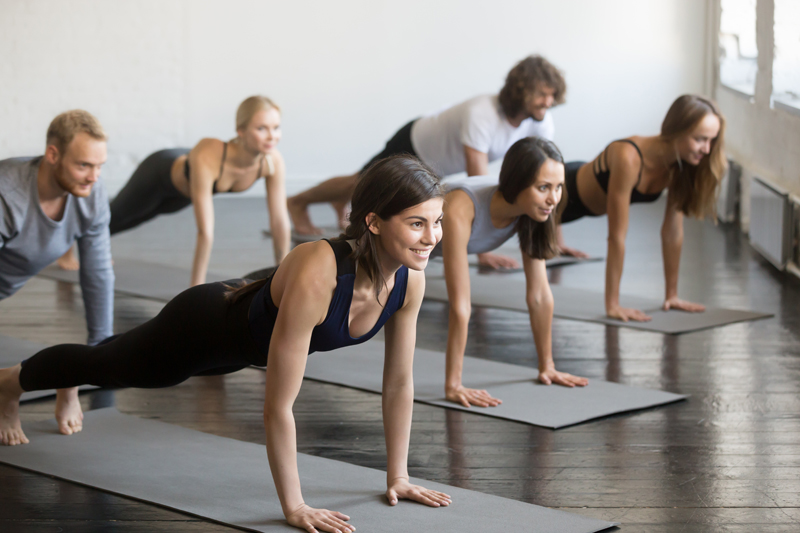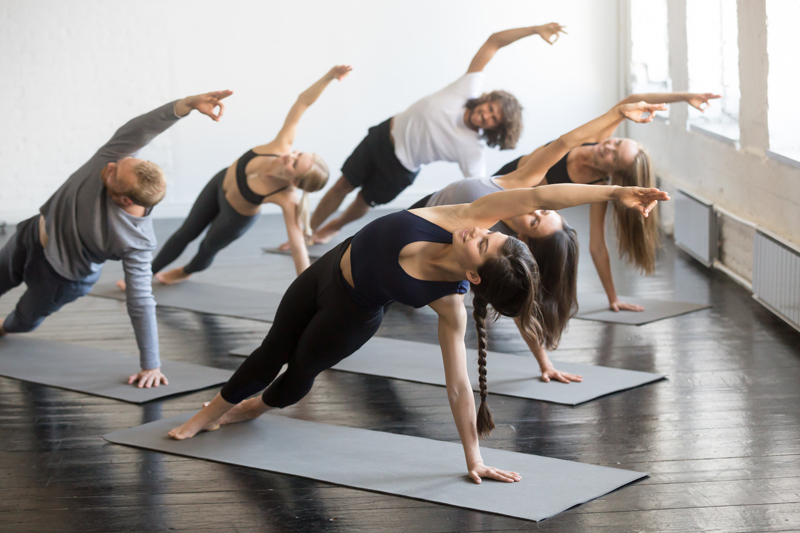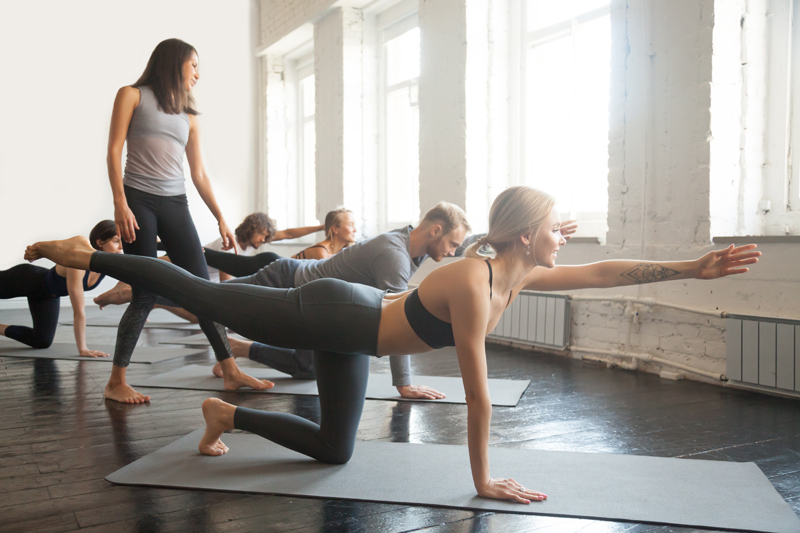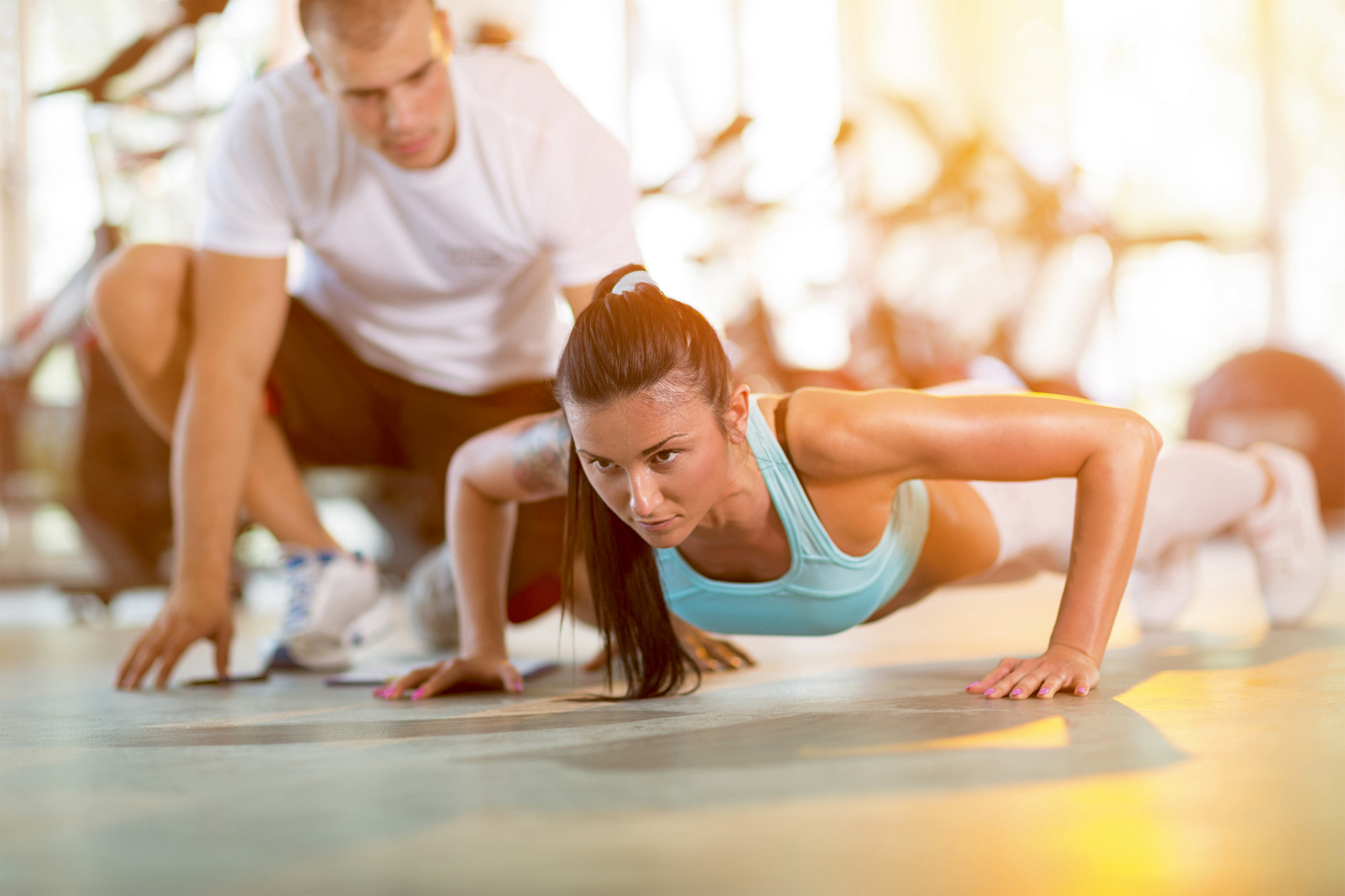Training the abdomino-lumbo-pelvic muscles as part of the FHL treatment.
If we were to roughly schematize the human body, we would draw it with a massive central block, the trunk, around which the 4 limbs and the head are articulated. Obviously our musculoskeletal system is more complex than this and its movements are the result of the interaction of hundreds of muscles, tendons, ligaments and joints. However, this basic diagram allows us to understand a key element of the biomechanics of the human body: good stability of this central block is essential for the development of an effective force of the segments which are attached to it.

The goal of the FHL treatment is, among many things, to achieve more harmonious biomechanics of the body. Stabilization of the trunk by sheathing exercises is therefore an essential part of the treatment plan.
We offer you comprehensive care here which includes core exercises for the abdominal belt, i.e. the muscles which connect the rib cage to the pelvis and which stabilize the lumbar spine. But also exercises for the strengthening of the pelvic belt, which will stimulate the muscles that connect the pelvis with the overlying structures (abdomen and lumbar spine) and also underlying structures (pelvis and lower limbs).
Il s’agira d’entraîner ces muscles principalement en contraction isométrique ou de faible amplitude et en résistance. La compétence principale recherchée de ces muscles est la résistance à la fatigue et le maintien des structures osseuses dans une position optimisant l’efficacité des muscles des membres qui y sont attachés dans les mouvements de plus ou moins grande amplitude avec ou sans manipulation de charges externes additionnelles.
This will involve training these muscles mainly in isometric or low amplitude contraction and resistance. The main skill sought from these muscles is resistance to fatigue and the maintenance of bone structures in a position optimizing the efficiency of the muscles of the limbs attached to them in movements of greater or lesser amplitude with or without manipulation of additional external loads.

Here is a summary of the primary muscles worked on for strengthening
Abdominal muscles:
Frontal: transverse muscle of the abdomen, rectus muscle of the abdomen.
Sides: transverse muscle of the abdomen, internal and external obliques.
Dorsal: lumbar muscles, spine muscles.
Pelvic muscles:
Frontal: iliac psoas, femoral rectus muscle.
Sides: gluteus medius, gluteus minimus and other rotators of the hip, tensor fascia lata, adductor muscles.
Dorsal: gluteus maximus, hamstring, external hip rotators.

The more your level increases, the more you can reduce the points of support on the ground and increase the downforce on unstable surfaces.
The amount of exercises that can be done standing, lying down, leaning on surfaces with different angles is endless. The execution of these movements must be very rigorous in terms of technique, which is why it is recommended to use professionals for optimal results. Poor execution can create tension and pain which will be counterproductive and may make the situation worse.
 EN
EN  DE
DE  ES
ES  FR
FR 